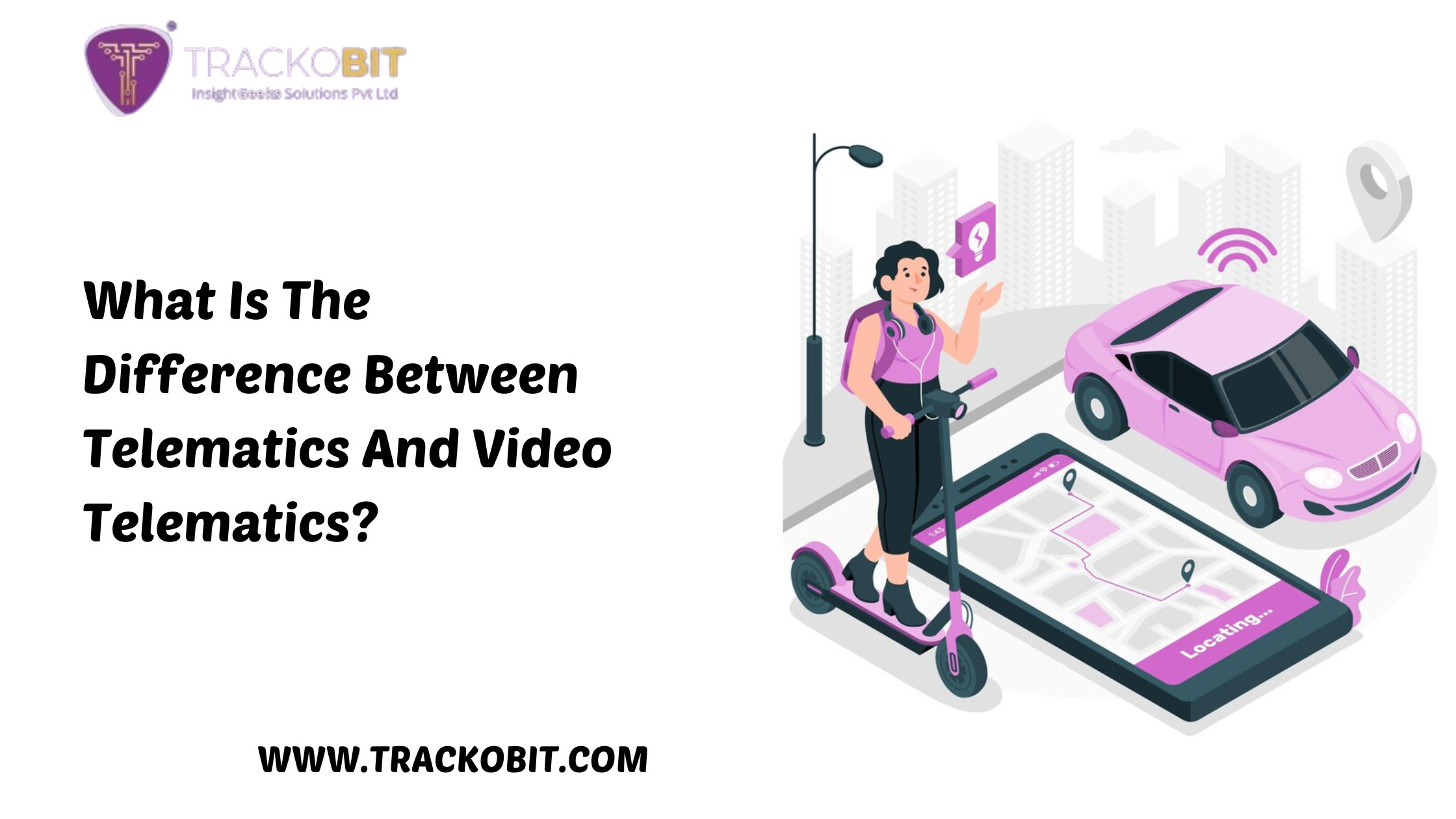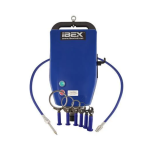
We all know that in the modern business world, efficient vehicle monitoring has become essential. After all, it ensures both safety and productivity. Now earlier, Telematics used to serve as a cornerstone for companies. It is basically a blend of telecommunications and informatics. In other words, Telematics is used to provide vital data on vehicle performance. But now, there’s a new contender- Video Telematics Solutions. Unlike its predecessor, video telematics offers a visual insight into the vehicle’s surroundings through real-time footage. Sounds like more safety and better productivity for business, right? Well, the need for such technology stems from the growing demand for comprehensive monitoring solutions.
Wait, are you a business leader who’s still confused between Telematics and Video Telematics? If so, this article will guide you. So, keep reading.
Understanding Telematics
As fleet managers think of having digital eyes and ears! Definitely, it’ll decrease the workload for you, right?
Primarily, Telematics provides real-time insights into vehicle performance and driver behavior. Imagine having a delivery truck equipped with GPS trackers and onboard sensors. These technologies together send a steady stream of data back to headquarters (managers obviously). Yes, you can compare it with GPS fleet tracking solutions. But, better than that!
The real time telematics insights include everything from fuel consumption and engine health to driver speed and route efficiency.
Now, let’s move ahead and read about video telematics solutions.
How Is Video Telematics Different?
Indeed, video telematics are better and more distinct! After all, it transcends traditional telematics by incorporating a visual component into the data stream.
To understand better, consider upgrading from an audio-only call to a video conference. Here’s a breakdown for you to understand better.
-
Comprehensive Insights
Yes, video telematics offers a more holistic view when compared to traditional telematics. This is because traditional telematics used to offer only valuable data about vehicle performance and location. But, video telematics captures both external and internal perspectives. It gives a complete picture of what’s happening on the road and inside the vehicle.
-
Driver Behavior Monitoring
Telematics systems can detect speed, acceleration, and braking patterns. But they can’t find out the cause behind these actions. And in such situations, a video telematics solution helps. Video telematics fills in the blanks by recording driver behavior in real time. This typically sheds light on unsafe driving practices like distractions, fatigue, or aggressive maneuvers.
-
Event Reconstruction
Video telematics solutions work like an invaluable tool for reconstructing events. In simple terms, in scenarios like unexpected accidents or disputes, it offers clear visual evidence. This way, it helps businesses easily access the fault.
-
Live Streaming Capability
Some advanced telematics solutions offer live-streaming features as well. This then allows fleet managers to monitor drivers and vehicles in real time. This feature also enables swift intervention in case of emergencies or deviations from established protocols.
-
Driver Training and Coaching
Beyond mere surveillance, video telematics facilitates targeted driver training initiatives. Well, you guessed it right! By reviewing footage of their driving behavior, drivers can identify areas for improvement.
-
Customizable Alerts and Notifications
A robust video telematics solution like our TrackoBit is configured to trigger alerts. This works on predefined criteria, such as sudden lane departures, harsh braking, or excessive speeding. Now, these notifications help prompt intervention to prevent accidents and reinforce safe driving habits.
-
Privacy Considerations
Last but not least, while the benefits of video telematics solutions are undeniable, it’s crucial to address privacy concerns. Briefly put, transparent policies regarding the use of video footage are essential to maintain trust and compliance.
Is Video Telematics Beneficial For Businesses?
Well, it can help businesses in multiple ways!
-
Enhanced Safety: Video telematics solutions alert drivers regarding potential dangers on the road. This way it promotes safer driving habits.
-
Accident Prevention: By identifying risky behaviors such as tailgating or sudden lane changes, video telematics helps prevent accidents.
-
Liability Protection: In case of accidents, clear video evidence can resolve disputes. Hence, the solution protects businesses from false claims or liability issues.
-
Operational Efficiency: Using video data allows businesses to optimize routes, reduce idle time, and maximize fuel efficiency. This, ultimately, saves time and money.
-
Driver Training: With video telematics, coaching programs can be prepared to address specific behaviors. This leads to continuous improvement in driver performance.
-
Customer Satisfaction: Most importantly, by prioritizing safety and efficiency, businesses can enhance their reputation and build trust with customers. This leads to increased loyalty and repeat business.
Final Note
Overall, video telematics solutions come in the front as a game changer. It presents itself as a comprehensive solution to face the complex challenges of companies. This includes safety, efficiency, and accountability. Therefore, by harnessing the power of data and visual evidence, businesses can optimize their operations. Furthermore, it protects the company’s valuable assets- their people and their reputation. So, why not start working with video telematics? Well, if you think the same, explore our TrackoBit right away!


